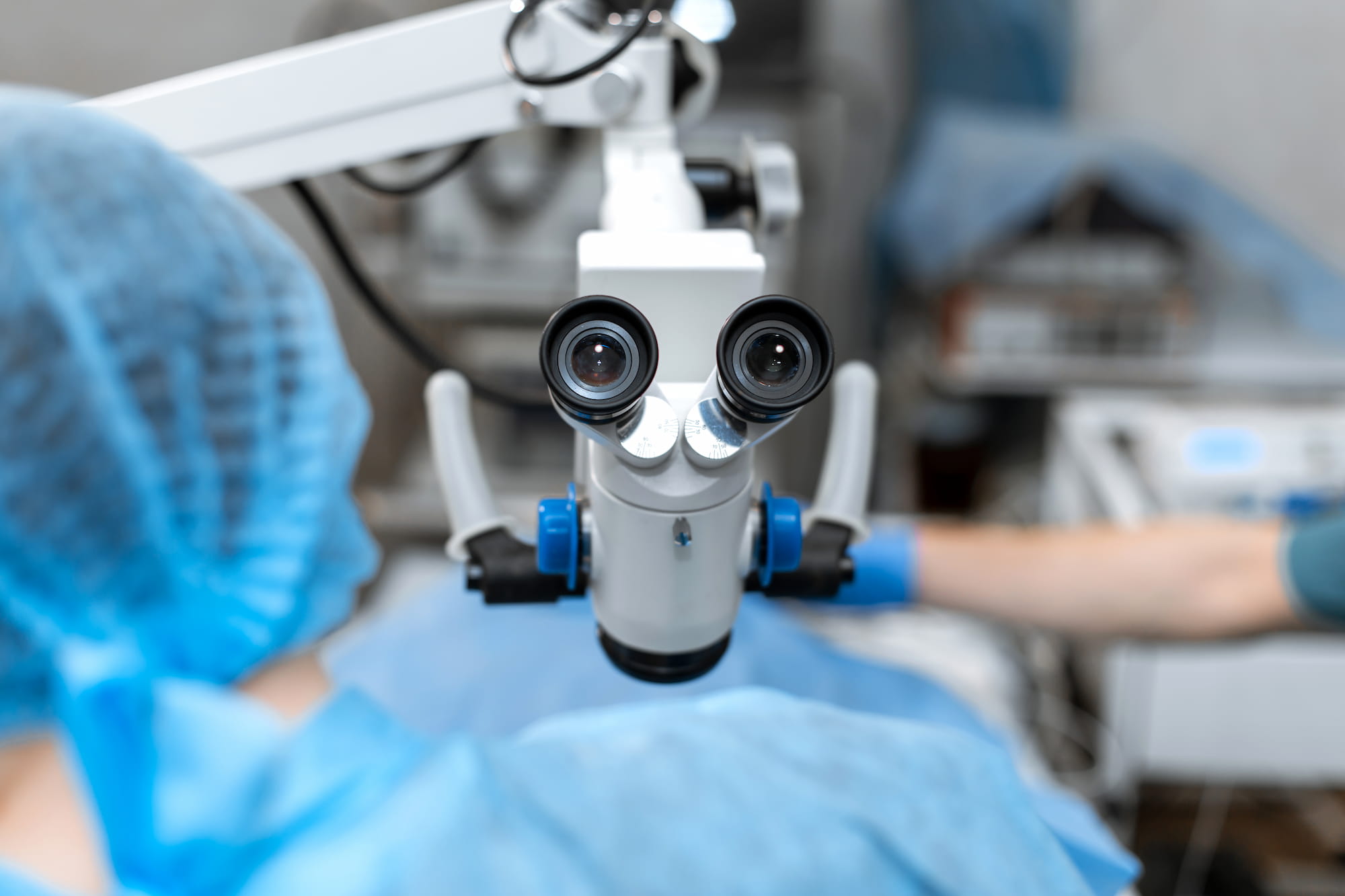
The number of people suffering from cataracts will reach 50 million by 2050. Every year about 3 million people successfully get rid of cataracts through surgery. The surgeries are highly successful, but a small percentage require LASIK after cataract surgery.
Laser technology is the most commonly employed to rectify errors after cataract surgery. Glasses and contacts can work, but they are sometimes tiring.
What causes refractive errors? Who needs LASIK after cataract surgery? How is it performed? For an answer to all these questions, read on.
What Is a Cataract?
A cataract results from protein buildup on the natural lens, causing clouding. The disease shows a gradual progression, and it is one of the common causes of poor vision in older persons. Mostly it is reported in individuals over 50 years. According to the National Eye Institute, half of Americans 80 years or older have cataracts or have had them removed through surgery.
Cataracts affect your ability to drive and read. Sometimes it gets to the point that recognizing people’s facial expressions is difficult. Since it alters the light rays passing through the lens, the result is blurry or steamy vision. People who have it describe the experience as seeing through a foggy window.
The problem may not be that bad initially, and glasses may help. But as the cloudiness grows and covers more of your lens, it affects your day-to-day activities. The only way to correct the decreased vision is through cataract surgery.
Usually, both eyes are affected, but the problem does not progress simultaneously. One eye is more severe than the other. Cataracts can affect the lens’s center, edge, or back. Others are also born with cataracts which could be due to genetics or a result of intrauterine trauma.
- Center of the eye cataract: Causes nearsightedness and improved reading vision initially. It isn’t easy to distinguish colors.
- Edge of the lens cataract: Usually begins in the outer cortex of the lens.
- Back of the lens cataract: Affects reading vision and reduced vision in bright light.
- Congenital cataracts: You are either born with them or develop them during childhood.
During cataract surgery, the cloudy lens is removed and replaced with an Intraocular Lens(IOL), a plastic, acrylic, or silicone lens. The success rate with surgery is very high, thanks to technological advancements. A patient’s prescription is put on the implant to ensure they no longer have to use glasses. But a residual refractive error or the ‘refractive surprise’ can occur if there is an inaccuracy in calculating the strength of the implant.
A refractive surprise is possible in patients who have undergone corrective surgeries such as photorefractive keratectomy (PRK), radial keratotomy (RK), LASIK, or those with pre-existing corneal issues such as astigmatism.
The error can be corrected by exchanging the implant with a stronger version, adding a second implant over the first (piggyback IOL), or LASIK surgery. The first two surgeries require one to physically enter the eye while LASIK stays on the outer coat. The results are much better, making LASIK the more promising option.
Surgery is preferred only in extreme cases of refractive error, which may be out of the scope of LASIK after cataract surgery.
Can You Have LASIK After Cataract Surgery?
You can wait a few weeks to six months after cataract removal to have the LASIK surgery. Ideally, hospital admission is unnecessary, and the procedure takes less than 30 minutes to complete.
Before the operation, you need a detailed eye evaluation using front-guided technology to take measurements. The more accurate the measurements are, the more comfortable it will be for the surgeon to remove corneal tissue and correct the problem.
You may receive medicine to relax during the procedure, like valium and numbing drops to your eyes. Using the right tools, the doctor keeps your eyes open for the surgery. Expect to feel a little pressure and expect your vision to dim.
The surgeon uses a femtosecond to create a flap in your cornea. To access the part of the lens to be reshaped, they turn the flap back. Ultraviolet light is concentrated on the eye to reshape the cornea using an excimer laser. Small amounts of your corneal tissue are removed. Once done, the flap is placed back and allowed to heal naturally without stitches.
Staring at a single point helps keep your eye focused on the beam. When the laser removes the corneal tissue, some people may detect a slight burning smell.
After the surgery, the doctor will prescribe some medication to ensure you are comfortable. A little pain and discomfort is nothing to worry about. Even though your eyes should be alright after the procedure, your vision takes about two to three months to completely clear.
It takes time before you go back to your everyday life, and it should only happen with advice from the doctor. Keep up with your doctor’s appointments for your checkups to ensure healing is on course.
What Are the Expected Results of LASIK After Cataract Surgery?
The results of the surgery are visible in a short time. Your chances of recovering your vision after the surgery are very high, with 93% of patients having excellent results in refractive error correction. 8 out of 10 people no longer need glasses after LASIK after cataract surgery.
Other than the refractive error, a few factors can affect your results. For instance, if you have low-grade nearsightedness, expect excellent results. However, the outcomes are not predictable in a high degree of near or farsightedness or pre-existing astigmatism.
Should your vision regress to pre-surgery levels, you must see a doctor. Some conditions such as hormonal imbalance, pregnancy, and abnormal wound healing may be responsible.
Consult an Ophthalmologist at WK Eye Institute in Louisiana
WK Eye Institute consists of highly trained ophthalmologists who will ensure you receive the best quality care. We are the leading LASIK and cataract surgery provider in Shreveport, LA.
Do not let cataracts or refractive errors affect your daily activities! Schedule an appointment at the WK Eye Institute to ensure your vision stays clear regardless of age.
Image Source: Kateryna Kukota / Getty Images



